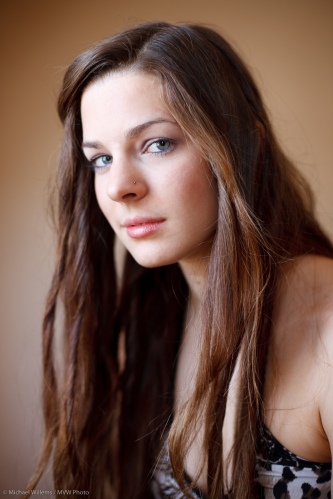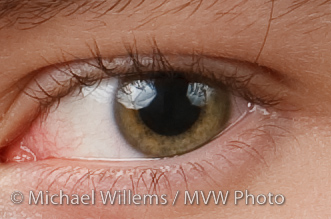One lens that should be in everyone’s kit bag, however cheap your camera or however little you want to spend on equipment, is the 50mm lens. A lens they used to call the “nifty fifty”. I have mentioned this lens before.
Many manufacturers have a cheap 50mm lens – Canon and Nikon both have a 50mm f/1.8 version that costs less than $200. This Canon one costs only about $130:
So it can’t be any good, then?
Wrong. It is very good. On film cameras this used to be called a “standard lens”. Now, on crop factor cameras, this lens has come into a new life as a portrait lens – on a Canon Rebel, for instance, with a 1.6 crop factor, this is like an 80mm lens. Great for “headshots” portraits.
And the nifty fifty is a fast lens – “fast” being somewhat of a misnomer that just means “has a low f/number”, so it allows lot of light in, and allows for selective depth of field (only part of your picture is sharp).
Which in turn allows you to take pictures like this, using only available window light:
Notice that at f/2.0 you get very selective focus. This is not bad – it can be used for effect.
Make sure, however, that if you do this you focus carefully, using one focus point, on the closest eye. Looking at the picture above in detail:
If you like that look, and have a window, go get yourself a 50mm lens today.







